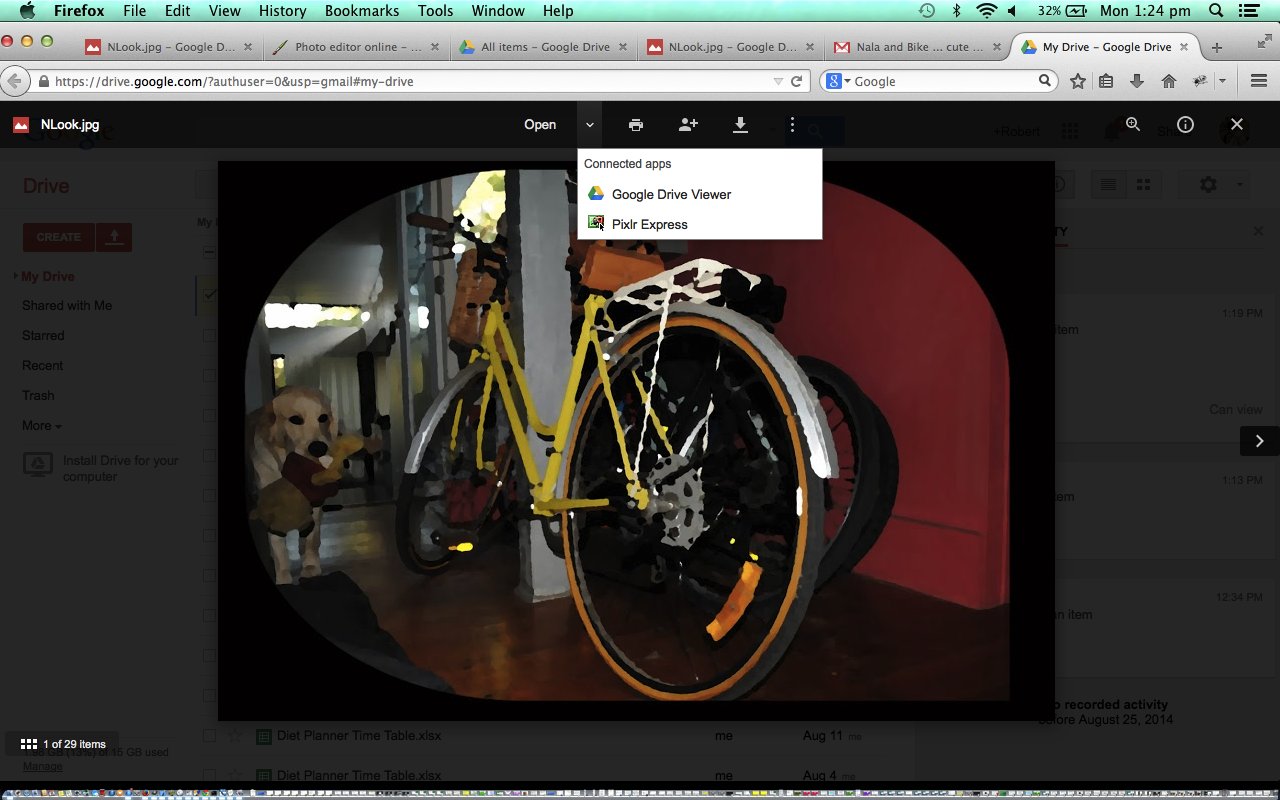Having seen computer desktop work being overtaken by work taking place on the web, in the iCloud, in Google Docs, in dropboxes, or hosted data places, it should come as no surprise that Image work using the Image via Google Drawing format should be able to be conducted by email (for example, Gmail) without “consciously” (ie. there are probably temporary files you can find) touching your laptop’s hard drive. Even so, this still strikes me as pretty good in that you can stay within your email application and do a whole lot of work related tasks without leaving that environment. Probably it was the use of tablets that pushed the need for such functionality, as tablets are not so keen on local storage of files.
I like to think of this as doing things in “mid-air” (or in the “ether”), but (this) is not purely correct, because, as you would expect, to restore the data before your eyes during your email session, the data more than likely came from a file on a web server, cloud server, dropbox, database or “centralized storage that is not your hard disk” … should we say. It is like “mid-air” though, in the sense that your work can hover around you as you travel, and you don’t have to use your laptop or tablet or phone to get at it at the other end (Gmail usage only relies on web browser access to the Internet).
Call me naive, but I can’t help but think that that is cute! Call me backward, perhaps, because it is probably par for the course for many people today who “Sync” their devices on a regular basis (often tablets and mobile phones).
As with many good things, the progress can come at the expense of your control over data, because you hand it over, really, trusting this data is not used illegitimately, or without permission, or without your complicity or knowledge. All this, though, is not much to do with this tutorial. In this tutorial we show you a Image, created perhaps on a laptop’s hard disk, maybe a long time ago, but not needing to land back at that laptop’s hard disk, to be useful, anytime soon. So what sort of data suits such arrangements? Most obviously, an Image collaboration where several minds meet, in one of the classic image formats.
If this was interesting you may be interested in this too.



